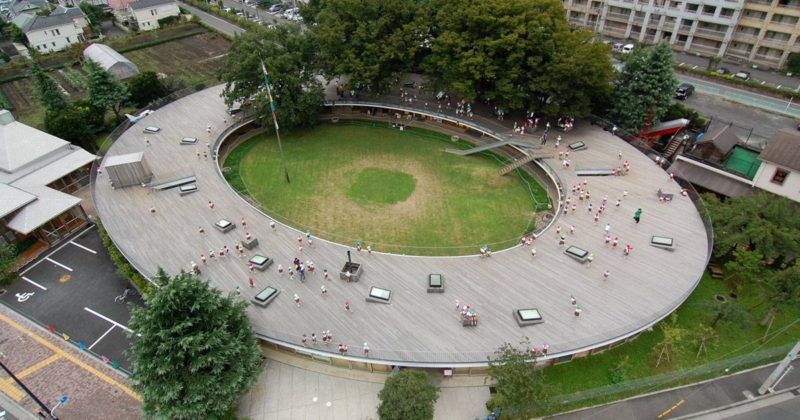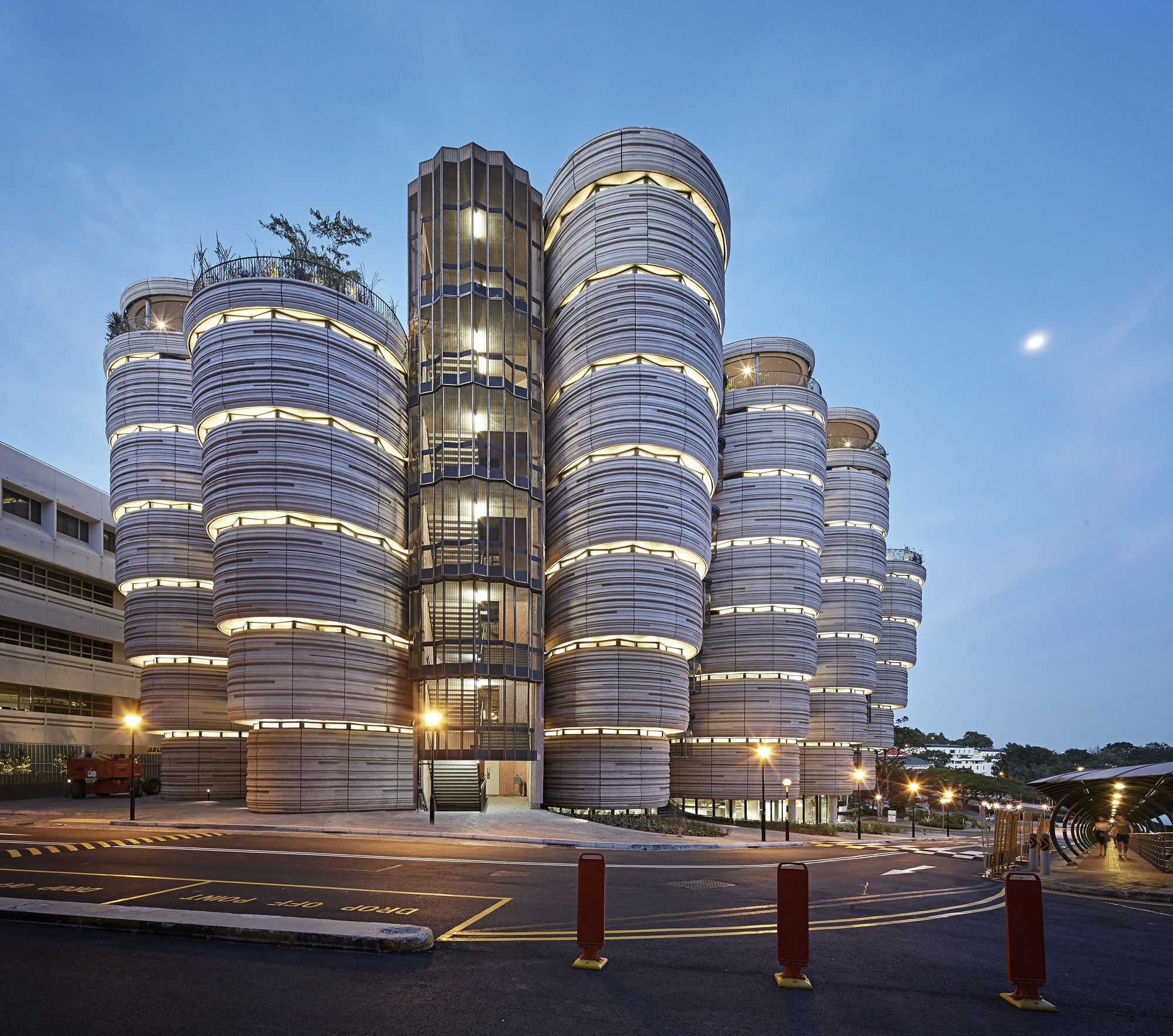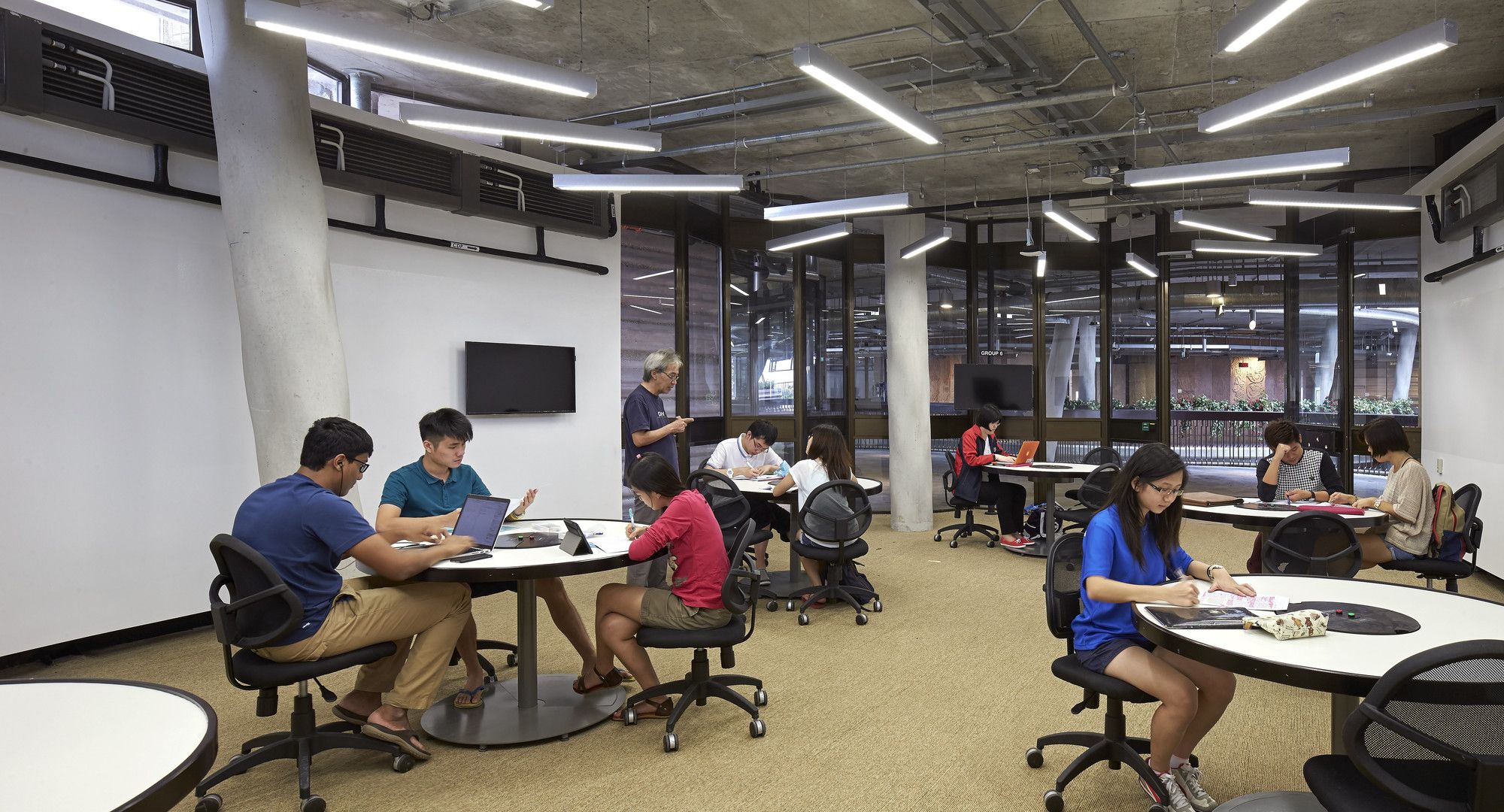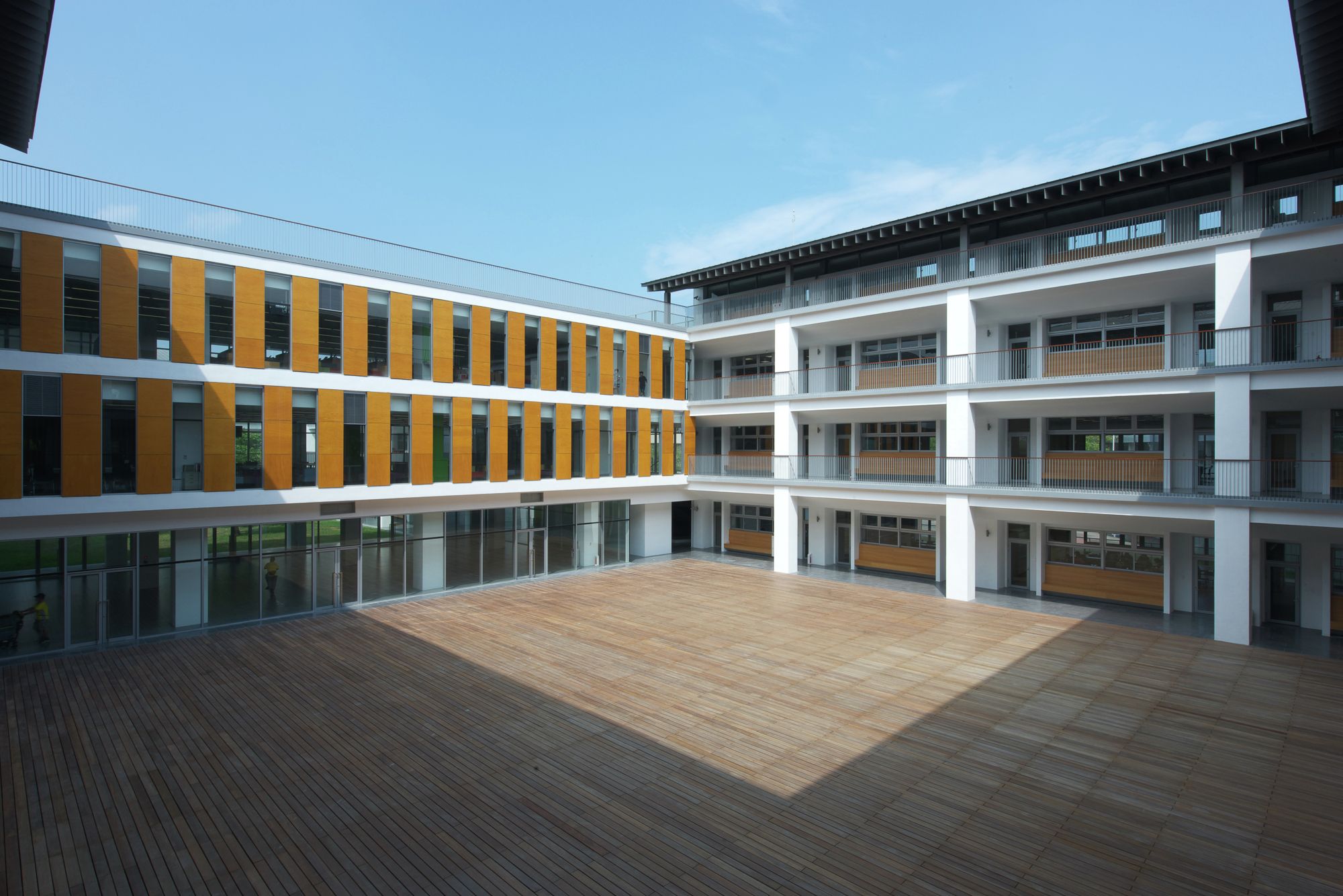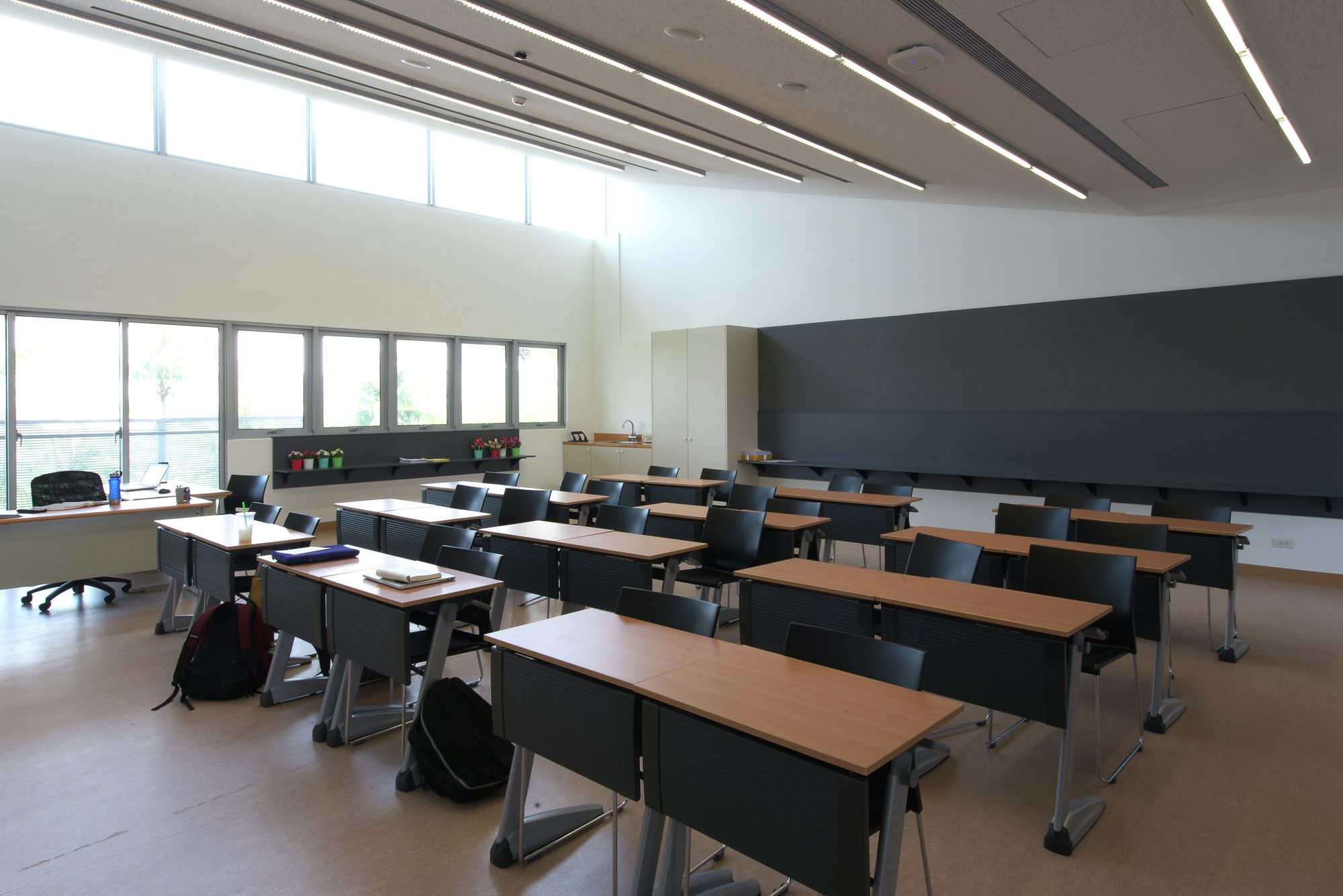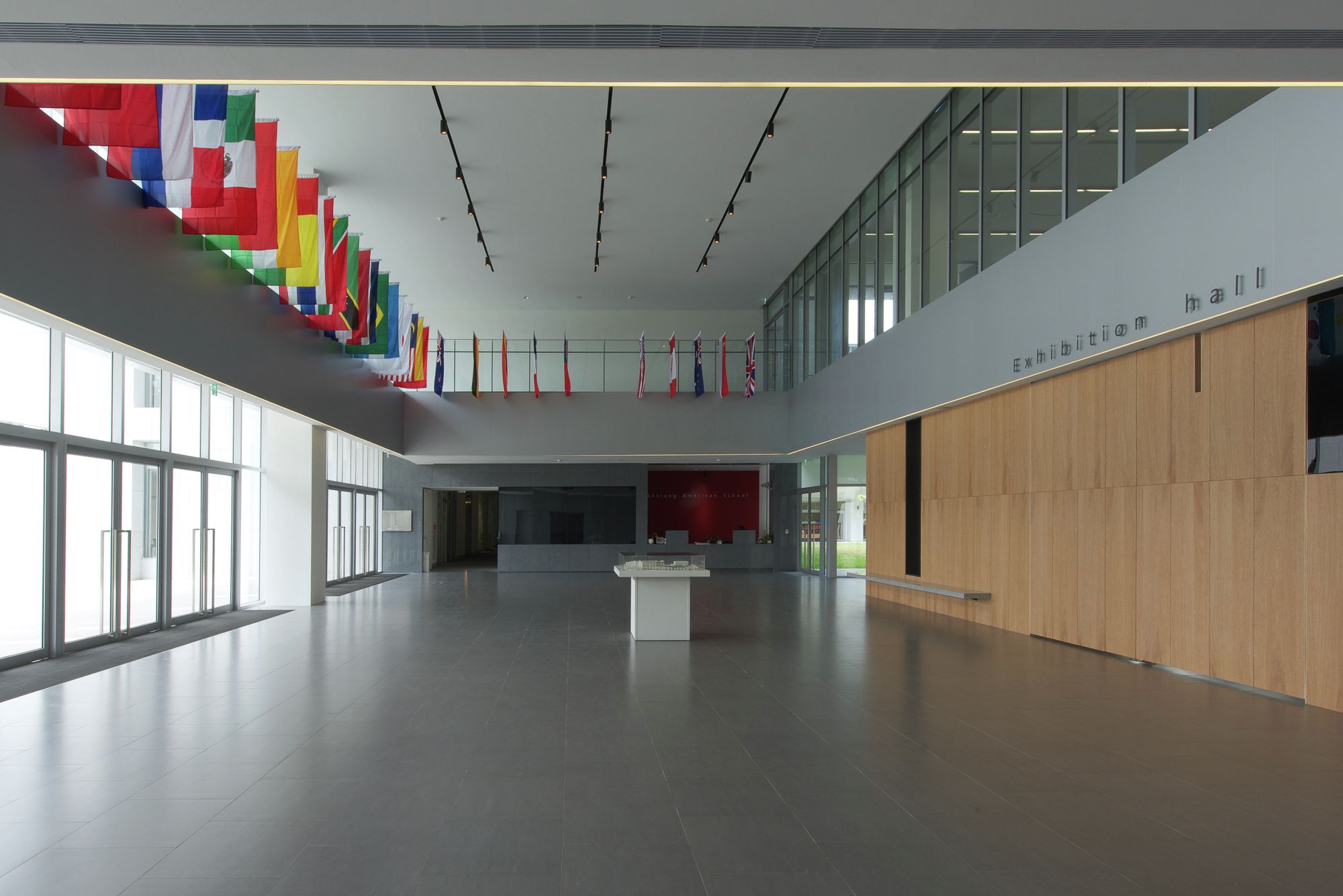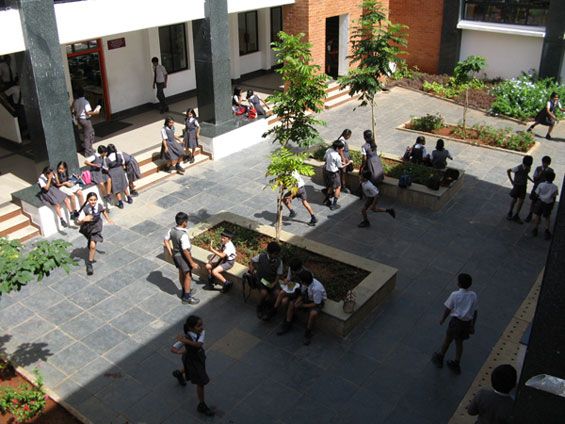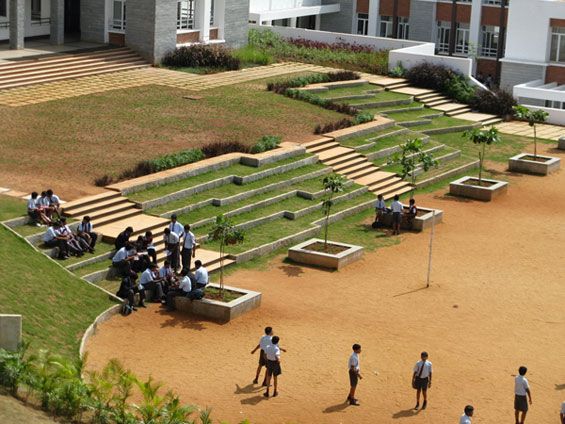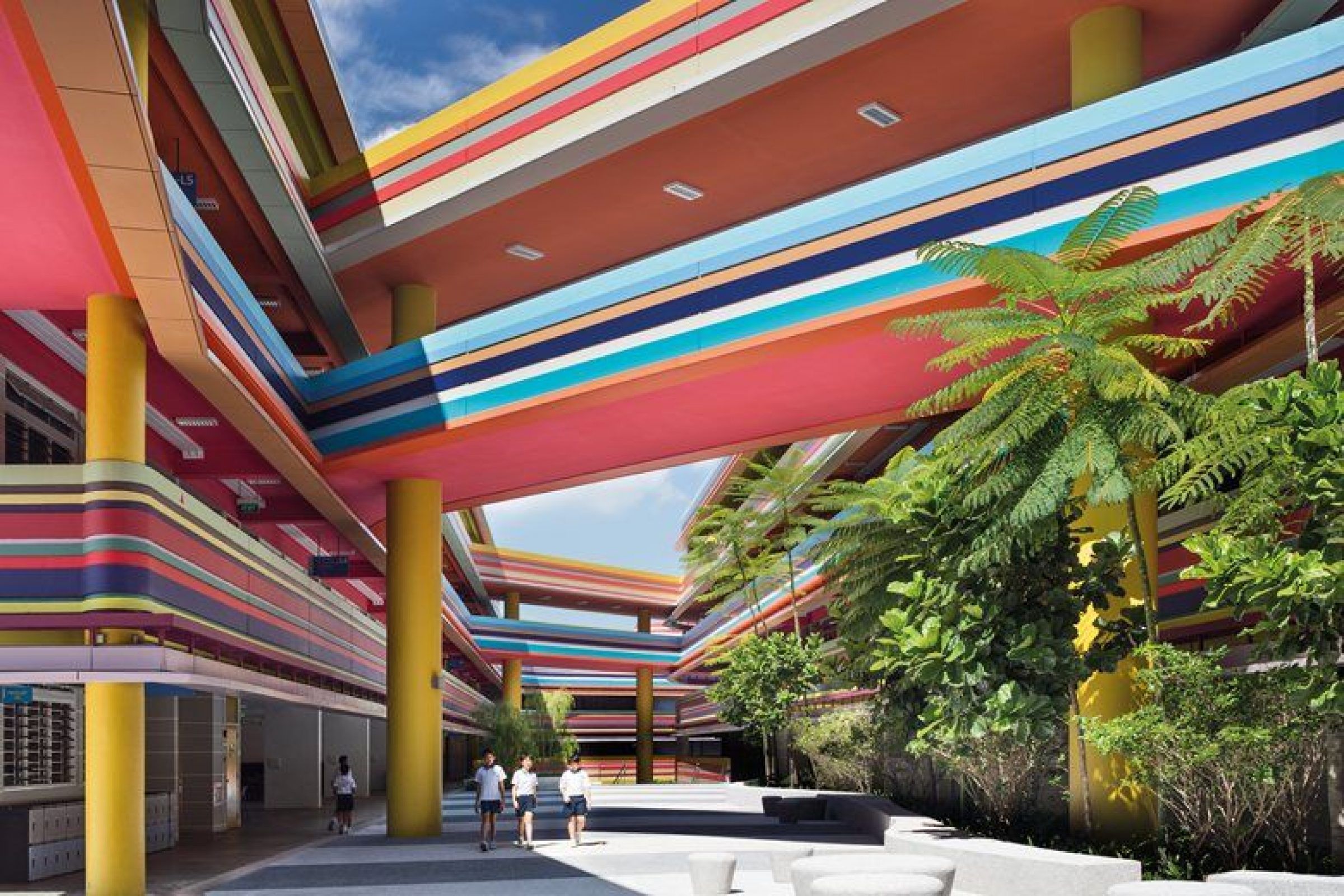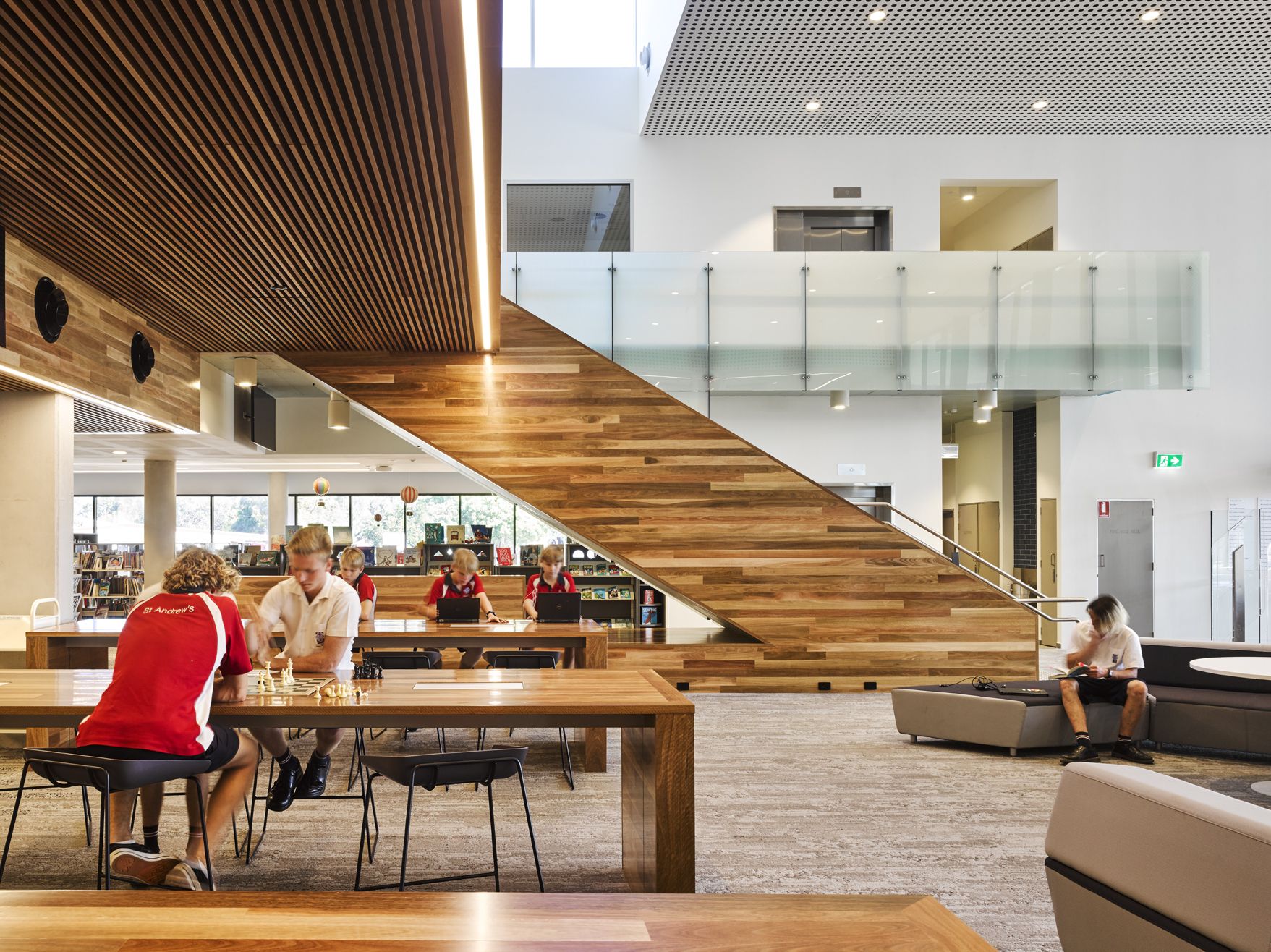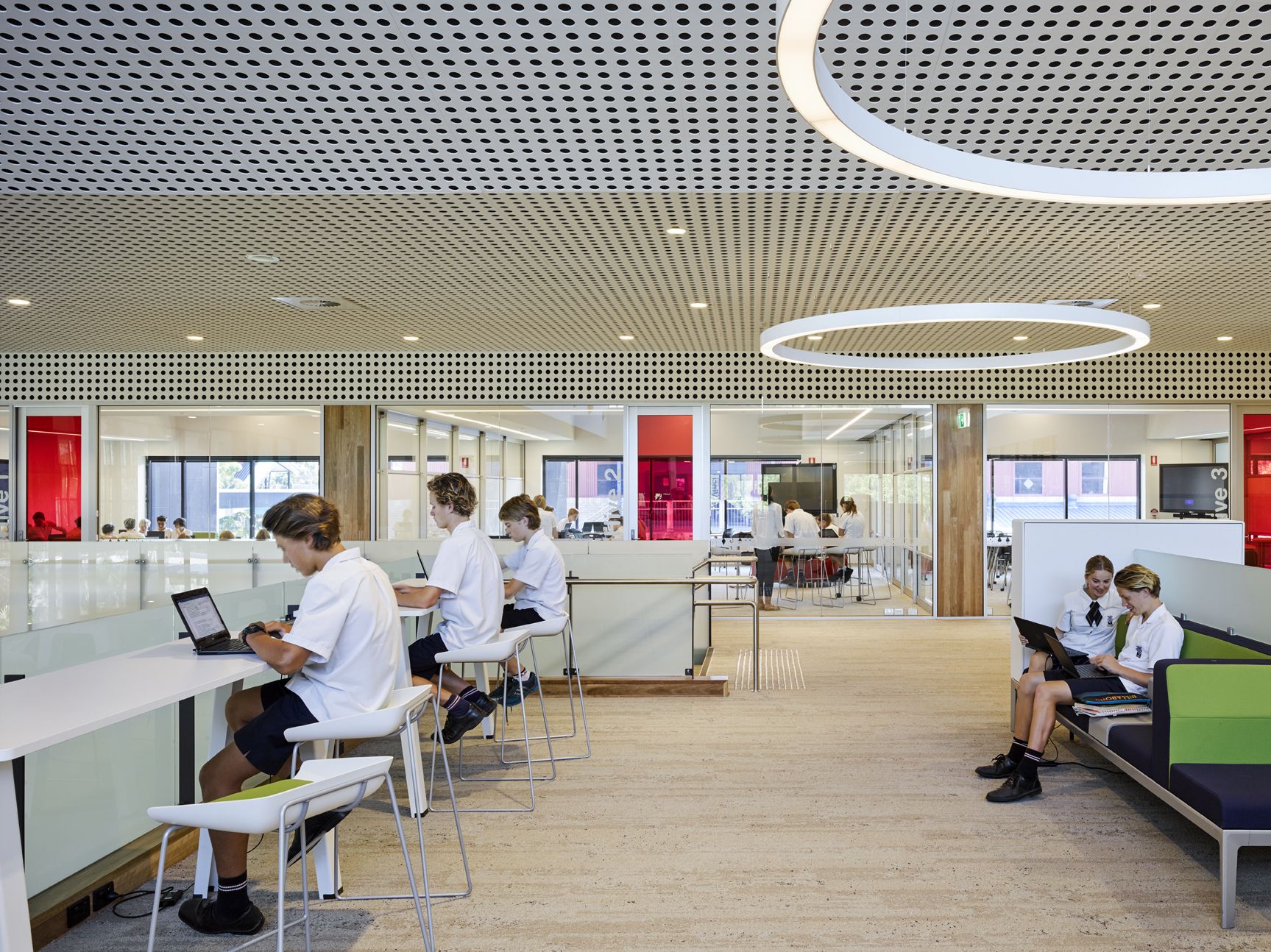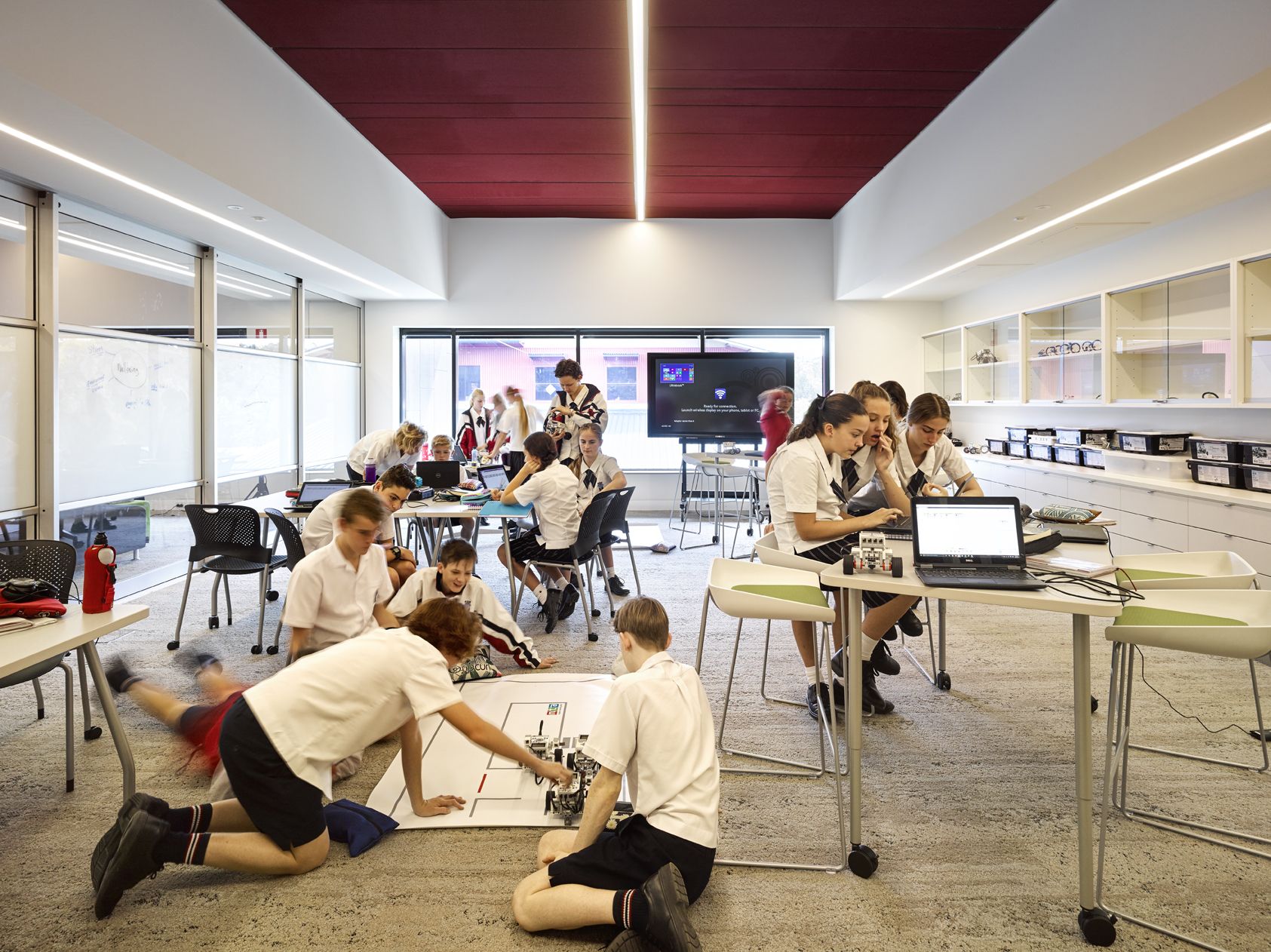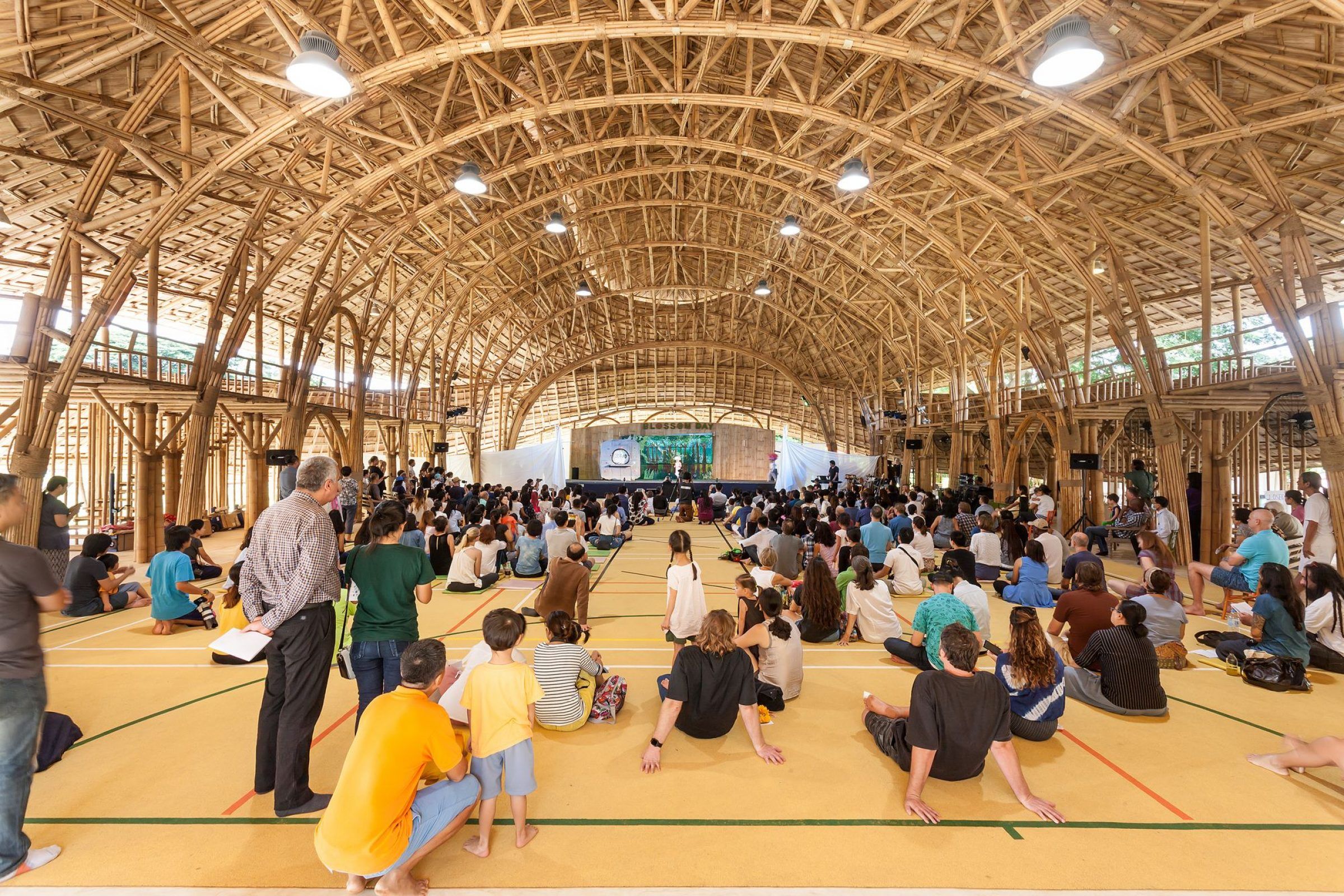Imagine if your school was a place where students choose their own curriculum and teachers are more like mentors, guiding them through engaging activities. A student learning hub dismisses the formal and conventional rules of schools and is geared towards a new student-centered approach.
It is time to shift the attention from teacher-based learning to student-based learning. In other words, the world needs educational environments where students don’t feel bored. A student learning hub includes flexible learning environments which make a huge difference in the students learning curve. Not only do they give the students a sense of freedom, but they also boost their self-esteem, making them eager to learn. Here we provide you with 5 simple approaches you can incorporate into a school design to make it more of a student learning hub, in addition to some examples of awesome schools like the NTU Learning Hub by Heatherwick Studio.
What is a learning hub?
A learning hub is a flexible learning environment that is supplied with all required components to teach, engage, and entertain the students. Learning hubs can host formal or informal education processes, and they encourage the collaboration of students and teachers.
List of 5 ways to turn a School into a Student Learning Hub
1. All work and no play makes Jack a dull boy
A student learning hub emphasizes break time just as much as class time. This is particularly important for younger children who have the attention span of an ant. In order to focus on their lessons, children need play spaces that allow them to be themselves and gives them a sense of freedom. Designed by architect Takaharu Tezuka, this kindergarten in Tokyo is a fun student learning hub where the architecture itself functions as a giant playground.
See more: Rockery for Play-Poly WeDo Art Education | ArchStudio
In the meantime, older students in high schools and beyond need a lot of recreational and gathering spaces – this will not only enrich their social lives but also make them share information and learn from each other. Heatherwick Studio’s learning hub in Nanyang Technological University in Singapore is more than a landmark.
It integrates social and learning spaces to create a dynamic environment where students and professors from different disciplines seem to coincidentally interact. This happens in the central atrium that acts as a melting pot for all users of the learning hub.
2. Boost the students’ self-confidence in the student learning hub
Can a student learning hub teach students to become independent and self-confident individuals? Well, it is evident that students with high self-esteem are much more likely to learn faster, work harder, and have more passion for learning.
Accordingly, a student learning hub needs spaces that lift the students’ self-esteem and make them recognize their achievements. Designed by MAYU Architects, the Kaohsiung school hosts different nationalities. In culturally diverse environments like these, students sometimes feel a lack of self-esteem as they have a hard time fitting in.
The exhibition hall is a highly sunlit space where each student can see the flags of their countries. The circulation of the building allows this exhibition space to be easily viewed. This makes the students feel a sense of pride and achievement.
The library is furnished with informal seatings where students can educate themselves, giving them the power to think on their own and develop their own mindsets.
3. Learn in the outdoors
One of the most common problems with conventional schools and educational spaces is confining the students inside a four-walled classroom. An efficient learning hub provides spaces where students are connected to nature and more importantly receive a good amount of fresh air and natural light.
Situated in Bangalore, India, the Sri Kumaran Institute was designed by Pragathi Landscapers, who were very keen on using local materials in their design as well as articulating the landscape to the students’ education. The learning process continues outside the classrooms as all of the classrooms are open to landscaped courtyards where the children enjoy nature and learn from it.
“The basic elements of a modern building like cement, steel, glass, ceramic, plastic, synthetic fiber are not connected to nature in the same way mud, brick, lime, thatch, timber, and grass are”, says Aga Khan award nominee and vernacular architecture pioneer R.L. Kumar.
Students see their own plants growing in front of them which encourages them to interact with nature while feeling a sense of achievement. Additionally, the local materials and local plants, along with the micro-control system in effect, contribute to developing the students’ sustainable thinking.
Also check: Eden Project Bio Domes | Grimshaw Architects
Outdoor learning spaces can also be integrated into primary schools and learning hubs for toddlers while still maintaining a safe environment for the children.
For instance, the Nanyang Primary School and Kindergarten in Singapore are designed around a large internal valley. That large and vibrant landscaped communal space, in the heart of the school, is further surrounded by lively colorful bridges.
If it is not possible to incorporate outdoor classrooms due to bad weather conditions, then a semi-outdoor space will do the trick.
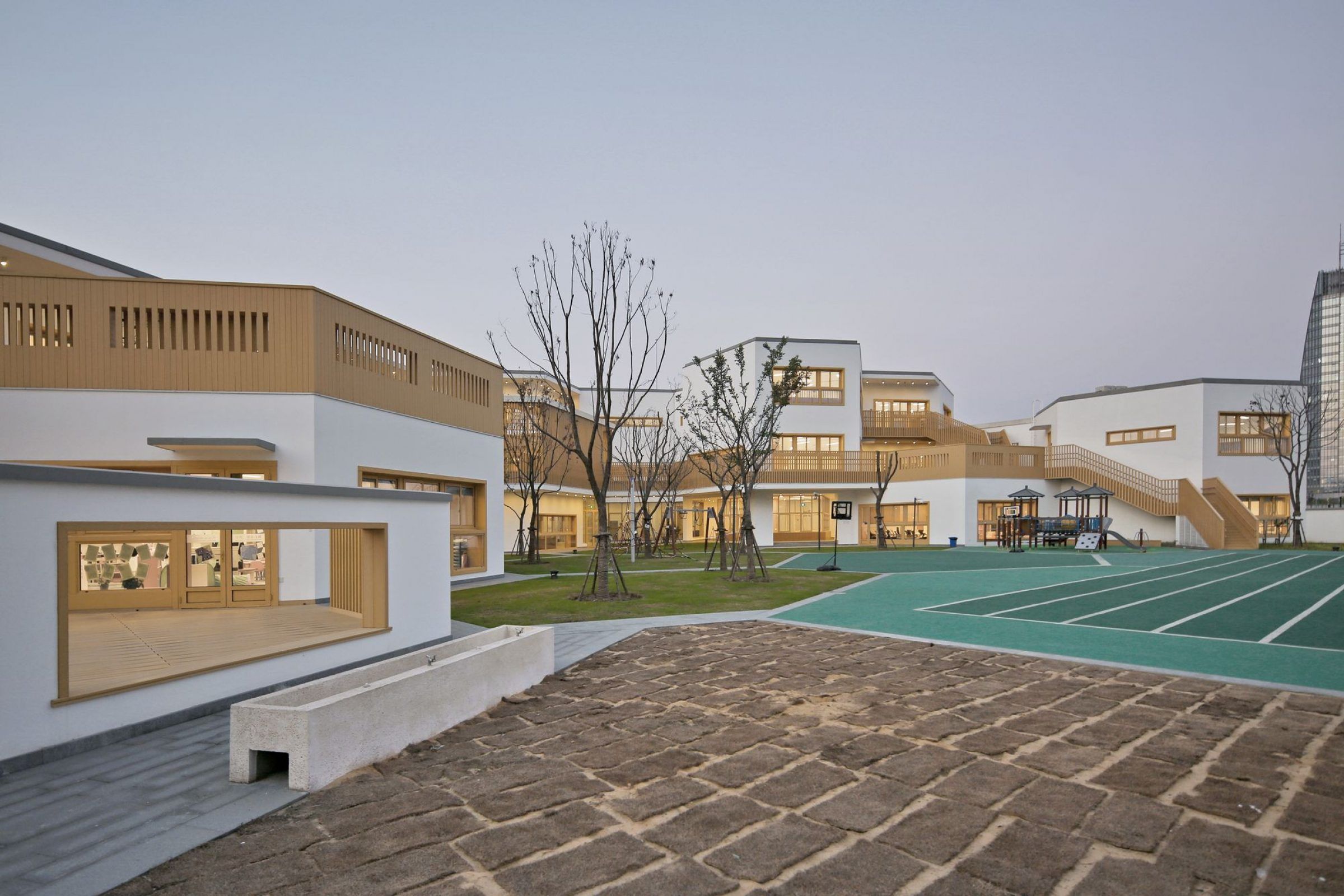
East China Normal University Affiliated Bilingual Kindergarten, Courtesy of Scenic Architecture Office – Photography: Su Shengliang
See more: Normal University Affiliated Bilingual Kindergarten | Scenic Architecture
4. Provide Co-working spaces
Unlike conventional education methods, a contemporary student learning hub prioritizes collaboration and group learning. Designed by Wilson Architects, this learning hub in St Andrew’s Anglican College gives priority to collaboration between students.
“It’s shifted the focus towards student-centered learning, as opposed to concentrating on teachers and their classrooms. The Hub has given students a real sense of ownership of the space and their learning,” says Hamilton Wilson from Wilson Architects.
The architects’ main goal was to make this learning hub, in Australia, a highly flexible space that accommodates multiple activities. The design offers multiple checkpoints of collaboration, from concerts and large gatherings to small group meetings and quiet study sessions.
5. Give them an adrenaline rush
When teachers find the students lazy, inactive, or unfocused, the first thing they do is give them a physical activity to get them moving and boost their energy. That’s why a student learning hub needs sufficient space for physical exercise.
A productive student learning hub is never complete without a highly active sports hall that students would love to go to.


